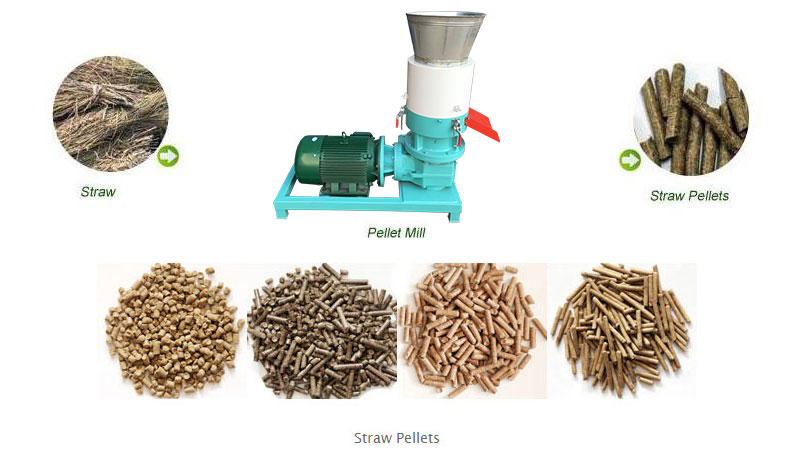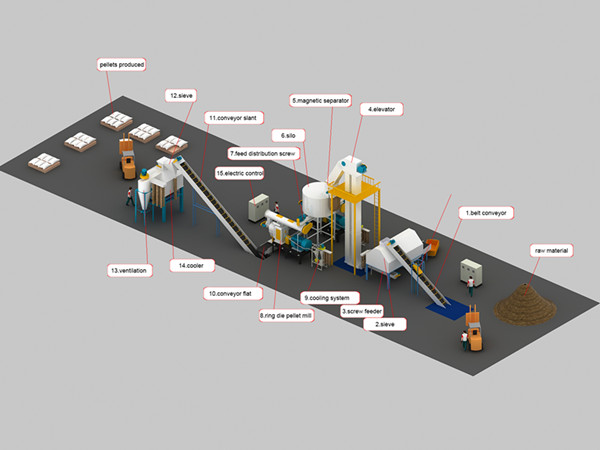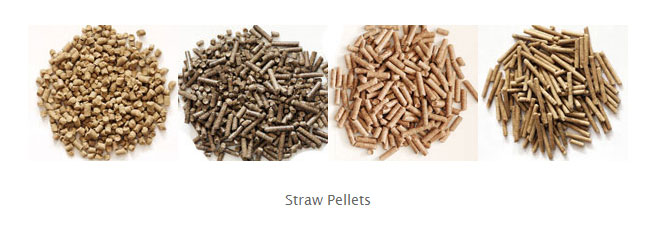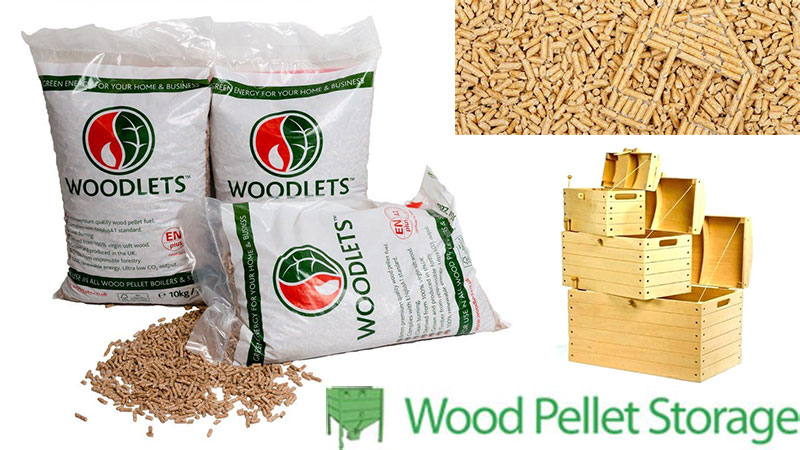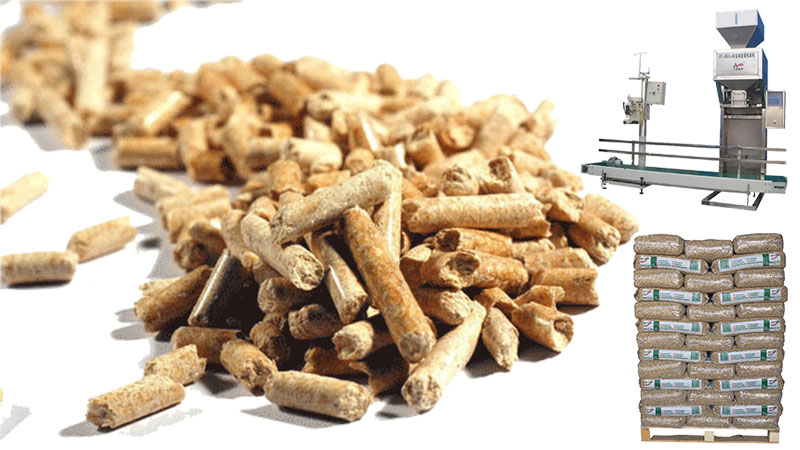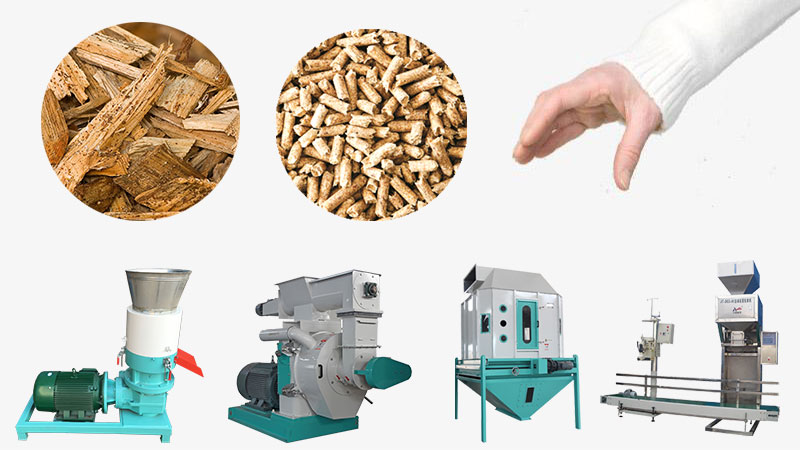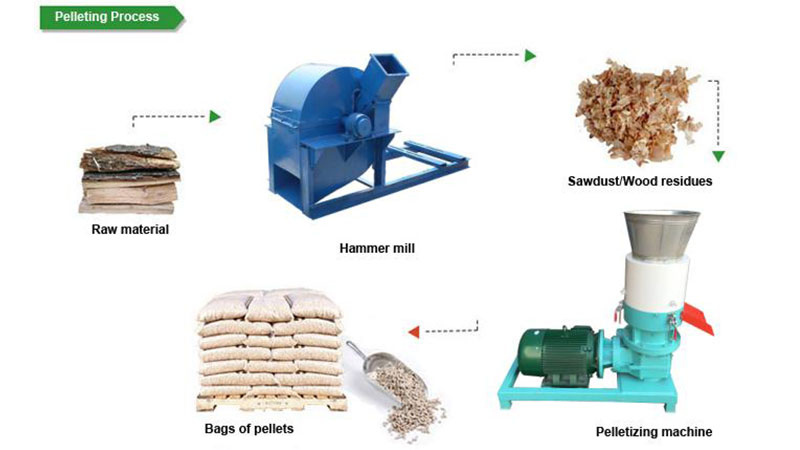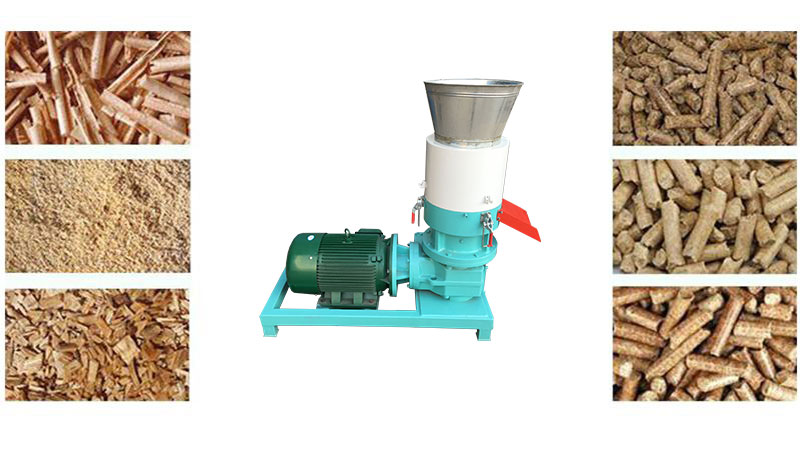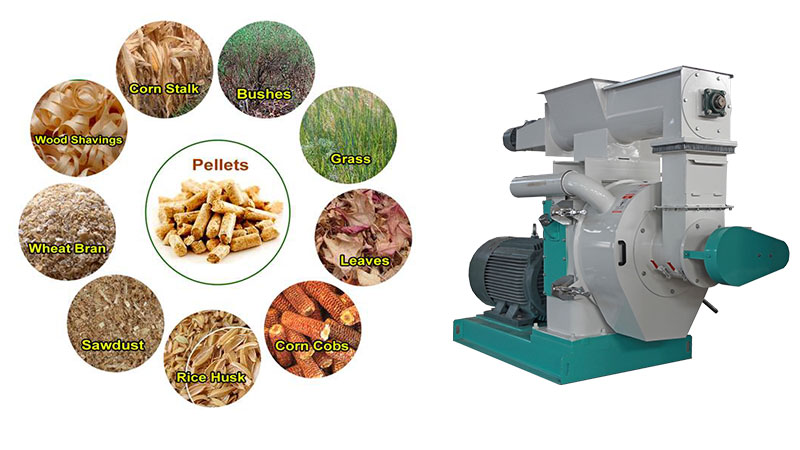 |
Straw Pellets Making Solution |
I. Introduction of Straw Materials
II. Features of Straw as Biomass Energy
III. Straw Pellet Priority as Pellet Fuel
IV. Straw Pellet Production Process
V. Tips for Building Straw Pellet Plant
VI. Straw Briquettes
VII. Conclusion
Straws are widely used in paper making, ethanol production or used as feed for animals in the past. In recent years, the new way of processing these straws has caught people’s attention-that is pelletizing. With the development of biomass pellet production, more and more straws are available as raw materials for biomass pellet making.
I. Introduction of Straw Materials
Straw is an agricultural by-product, the dry stalks of cereal plants, after the grain and chaff have been removed. Straw makes up about half of the yield of cereal crops such as barley, oats, rice, corn and wheat.
As a major agricultural products exporter, the United States produces 32% percent of the world’s corn crops, 10% of the wheat, rice products accounts for just 2% of the world’s total. While as agricultural residues, corn straws, wheat straws and rice straws are produced of abundance during harvest. The using of these straws came to be an critical thing. Besides, in Russia various straws are abundant in the northern and eastern regions with the lowest population density, accordingly, with smaller requirements for thermal energy than in the central and southern regions.
From the above situation, a large amount of straw is generated and left as much in paddy fields, which causes greenhouse gas emissions as methane, however, making straw pellets can solve the problem. Besides, the ever-growing energy consumption, remaining high prices for converting energy products and ecological requirement enforcement to electric power plants determine the interest to the use of a biomass as fuel for the future generation energy supply.
II. Features of Straw as Biomass Energy
1. Chemical Compositions of Straw
As biomass fuel, the main chemical compositions consist of cellulose, hemicellulose, lignin and etc.. Here are the chemical compositions of three main straw biomass. From the following chart, it is obvious that straw remains the primary source of biomass energy owing to its chemical property.
|
Straw materials
|
Cellulose
|
Hemicellulose
|
Lignin
|
|
Wheat straw
|
41.53%
|
22.92%
|
12.26%
|
|
Rice straw
|
39.2%
|
23.5%
|
36.1
|
|
Corn straw
|
61.2%
|
19.3%
|
6.9%
|
2. Straw and Straw Pellets
Through the above chart we will find that straws are characterized with high calorific value, low moisture content. And after pelletizing, the calorific value of straw pellets are about 18-19 MJ/kg, the ash content is lower than 3% and the moisture content are lower than 10%, which are better to burn.
| Materials | Moisture content | Ash content | Calorific value |
| Rice straw | 15-30% | 15-20% | 13.98 MJ/kg |
| Wheat straw | 20-40% | 8-9% | 14.4 MJ/kg |
| Corn straw | 20-27% | 8% | 15.68 MJ/kg |
| Straw pellets | 8-10% | 3% | 18-19 MJ/kg |
In addition, the burning of straw pellets causes zero CO2 emission, and straw pellets are carbon-neutral. Burning the straw pellets to generate energy simply returns the carbon dioxide to the atmosphere, which will then be reused by the next biomass growth. Therefore it is economical and environmental to utilize straw like rice straw, wheat straw or corn straw for pellet production!
III. Straw Pellet Priority as Pellet Fuel
1. Economic benefit
Pelleting of straw can increase their bulk density and thus improve storability and reduce transportation costs. The energy contained in straw is highly concentrated, giving a fuel with very good energy qualities, caloric, as well as with minimal amounts of ash. Meanwhile the ash from burning pellets can be used as a mineral fertilizer as a result of its high content of elements vital for plant growth.
2. Wide application
In addition to used as fuel pellets, straw pellets can also be used as horse bedding and small pet bedding. Since straw pellets are pure, natural products without additives and of high hygienic, they are the best products for animal bedding. Straw pellets can also be used as animal feed.
3. Straw pellets vs wood pellets:
♦ Do not need watering like the wood variety
♦ Ultra absorbent: up to 400 % by weight and 2x better than wood pellets
♦ Softer, non-slip and healthier
♦ Environment-friendly product – the waste can be used as an excellent fertilizer
♦ Much better bind the smell of ammoniac
IV. Straw Pellet Production Process
The pelleting process of straw shown in the above picture mainly consists the following steps:
1. Pre-treating
● Separating straw from foreign materials
Straw may contain far more foreign materials than sawdust, thus it is important to separate the rice straw from the foreign objects.
● Straw chopping
Straws in big bales are transported by a conveyor belt to the shredder, and then become the chopped materials.
2. Drying (Optional)
The drying process is optional. Generally speaking, straw is often air-dried, with a moisture content of typically 15%. So the drying of straw is unnecessary. However if the moisture content of your straw is higher than 15%, the drying with a rotary drum dryer is necessary.
3.Grinding
The chopped straws before sending into the feeder of straw pellet mill should be reduced into the uniform size of less than 5mm by a hammer mill.
4.Pelleting
After grinding and drying, the materials are transported into the straw pellet machine with ring die or flat die by conveyor. Under the pressure between the die and roller, the rice straw pellets are extruded out and cut into the desired length. The common size for straw fuel pellets is 6mm or 8mm.
5.Cooling and Packing (Optional)
In order to maintain the quality of pellets during the storage and handling, the extruded pellets with high temperature should be air quenched down to the room temperature or little higher by the counter flow pellets cooling machine. This process is also optional for small scale production because pellets can just be left on the ground for cooling down. The last step is packing pellets for storage for large scale production.
Attentions on pellet mills
♦ If you just want to make straw pellets for heating or sell to people who need home use cooking/heating fuel for the pellet stove, a small flat die pellet machine is OK. If you want to produce pellets for industrial use, for example, power generation or central boiler, the large pellet machine with ring die is a good choice.
♦ Another factor that will influence your choice is the price. The flat die pellet mill is much cheaper than ring die pellet mill. So you will probably choose the machine that both can meet your demand and does not excess your budget.
V. Tips for Building Straw Pellet Plant
|
|
|
Making straw pellets depending on the above production process in large scale, it is necessary to build the straw pellet plant. Amisy Machinery is the expert in commercial pellet plant. We have helped customers to design mobile pellet line in many countries. Here are tips for building straw pellet plant based on our experience.
1. Convenient traffic
The factory should be in the place with convenient transportation, which helps raw materials import and final pellets export. It would be better that the factory is near where abundant raw materials can be supplied, which can lower the transportation cost.
2. Geographical location
The factory location should be flat with good ventilation and at least 200 meters away from the residential area.
3. Purchasing pellet mills
Plan your pellet plant in accordance with the budget and then purchase pellet mills and auxiliary equipment for the pellet plant from a reliable pellet machine manufacturer.
|
|
|
The straw briquettes made by straw briquette machine are cylindrically shaped, with a general length of approximately 50 mm and a diameter of 65 mm, which can replace firewood, coal or liquefied gas to be used in stoves, biomass powder plant, biomass gasification boiler and etc.. The briquette burning is environmentally friendly, to protect our woods and to reduce CO2 emissions in air.
The process of briquetting:
1. Crushing and then drying
The first two steps of straw briquette processing are similar to straw pelleting.
Drying is also optional. If your straw is sundried, there is no need to use dryer. If your straw is wet, it’s advised to use a dryer to decrease its powder moisture to about 10-18%.
2. Briquetting
After crushing and drying, the straw powder is conveyed into the straw briquette machine for briquetting. When the briquettes get out from the machine, they have high density and not easy to break.
3. Cooling and packing
After briquetting, the briquettes may have high temperature, so you need to cool them to room temperature. And then packing them. These two steps are also optional.
Advantages of straw briquettes
♦ Heating values comparable with wood (3500-5500kcal/kg heat value)
♦ Highly convenient for gasification boilers, cook-stoves and fire-places
♦ Long burn time
♦ High material density in briquette( 1/30 of original straw volume, high density as 0.9-1.4m3)
♦ Ash convenient as natural fertilizer for gardens or lawn
♦ Ready for immediate burning without further sawing or chipping etc.
VII. Conclusion
In recent years, biomass fuel has increasingly become one kind of main fuel sources in many countries, especially in Europe. It can be widely used for industrial boiler, biomass powder plant and home heating. For making solid biomass fuel from straw, there are two choices: straw pellet and straw briquette. To making pellet or briquette depends on your demands. Whether pellet machines or briquette machines, Amisy Machinery can offer your the most suitable one according to your specific requirements!
